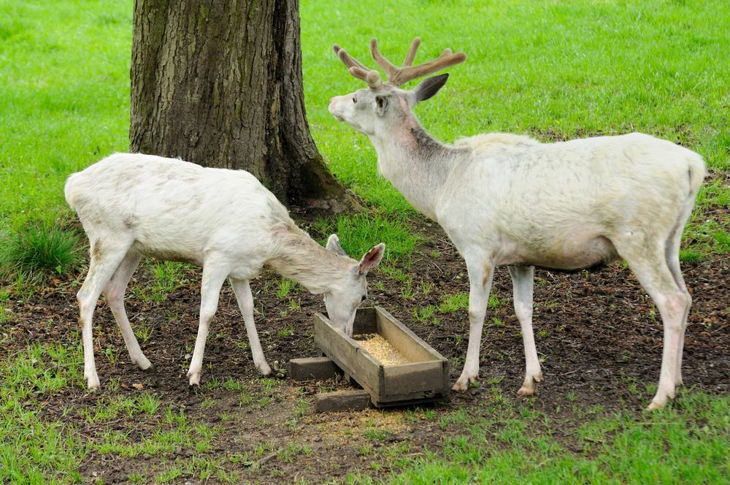Buying Guide: Features To Consider When Hunting For A Deer Feeder

Deer feeders, like every other product in the market, come in various sizes, shapes, and capacities. With several features on different products, some desirable and others less so, making a choice can become both confusing and overwhelming.
As a hunter and lover of the outdoors space, there are certain things you need to consider when making a choice of deer feeders as these factors may decide whether you will enjoy the product and how long-lasting and durable the product will be in the end.
To ensure that you make the right decision, Feed That Game has the right guide to get you started on your journey into the outdoor space.
When Do You Need Deer Feeders?
A common question among hunters is when are deer feeders needed or in fact, what type of hunters should choose deer feeders. The answer is every time and everyone. Every hunter can take advantage of the ease and advantages offered by the deer feeder as it is an added weapon to their arsenal, one that will ensure that they come back with a game animal at the end of their hunting session.
In most cases, however, it is recommended that you choose a deer feeder if you choose to hunt on the same grounds over and over again. Doing this will keep the supply of deer intact and save you the stress and disappointment of coming out to hunt without a game animal in sight.
What To Look For In Your Deer Feeder
When making a deer feeder choice, you need to know what to look out for as this can help you to better decide whether or not one product is right for you. Below are some of the features to watch out for.
Type of Feeder
– Electronic Tripod
Among the common types of deer feeders on the market, the electronic tripod is probably the commonest type chosen by hunters. This feeder type has become a common choice for a number of reasons including the presence of a spinning base that scatters the feed or corn to a much larger area thus allowing more deer to gather around its base to feed.
While this is a good option, it is also considered as the most expensive feeder type because it is made from heavier materials and has moving parts.
– Gravity
This feeder type makes for a good substitute for the electronic tripod, especially for people who cannot afford it. The Gravity feeder does not require the hunter to worry about charging any battery or caring for any moving parts. Instead, the gravity feeder uses gravity as a tool to distribute the food to the base of the feeder. The more the deer around the base, the more the pull of gravity and the more the food is released to the base of the feeder.
– Trough
The trough type deer feeder is similar to what poultry animals are exposed to. This type of feeder consists of a trough and is perfect for hunters who choose weekends as their preferred hunting time.
Weight of Feeder
Another important feature to consider when choosing a deer feeder is the weight of the feeder. While a heavier feeder is important to prevent the deer from knocking over the feeder and its content, it can also be a disadvantage, especially in the case of the gravity feeder as the heavier the feeder is, the less likely the deer gathered around the base will be able to force the feed to be distributed.
When considering the weight of the deer feeder be sure to put into consideration other factors like how to transport it to and from the hunting ground and more.
Power Source
When choosing either one of the electronic tripod deer feeders or the gravity deer feeder, you need to also consider another important feature, the power source. Being an important feature to its functionality, consider how long the product of choice can hold a charge. This is an essential consideration, especially for people who plan on deep forest hunting. You do not want to be stuck with a deer feeder whose batteries are unable to stay up to support your hunting needs.
Capacity
The capacity of the deer feeder can significantly improve your chances of coming home with a game animal. While many people overlook this feature, it is recommended that you pay attention to the amount of feed or corn the deer feeder product can support. For people who plan on hunting for an extended period, say over the weekend, the more food the feeder can support, the better for you.
Other features to consider include;
- Material from which the deer feeder is made
- Care and maintenance needs
- Food release mechanism